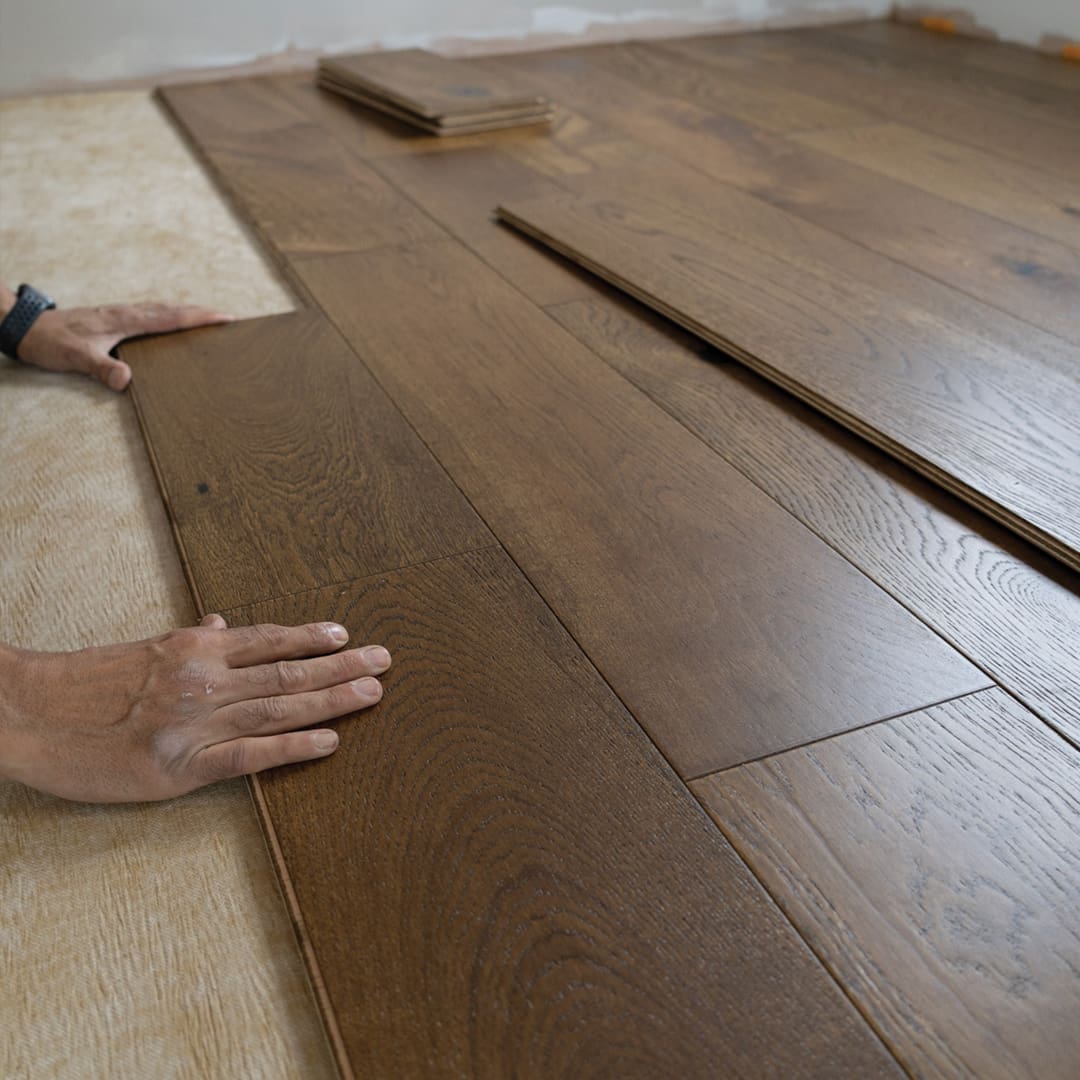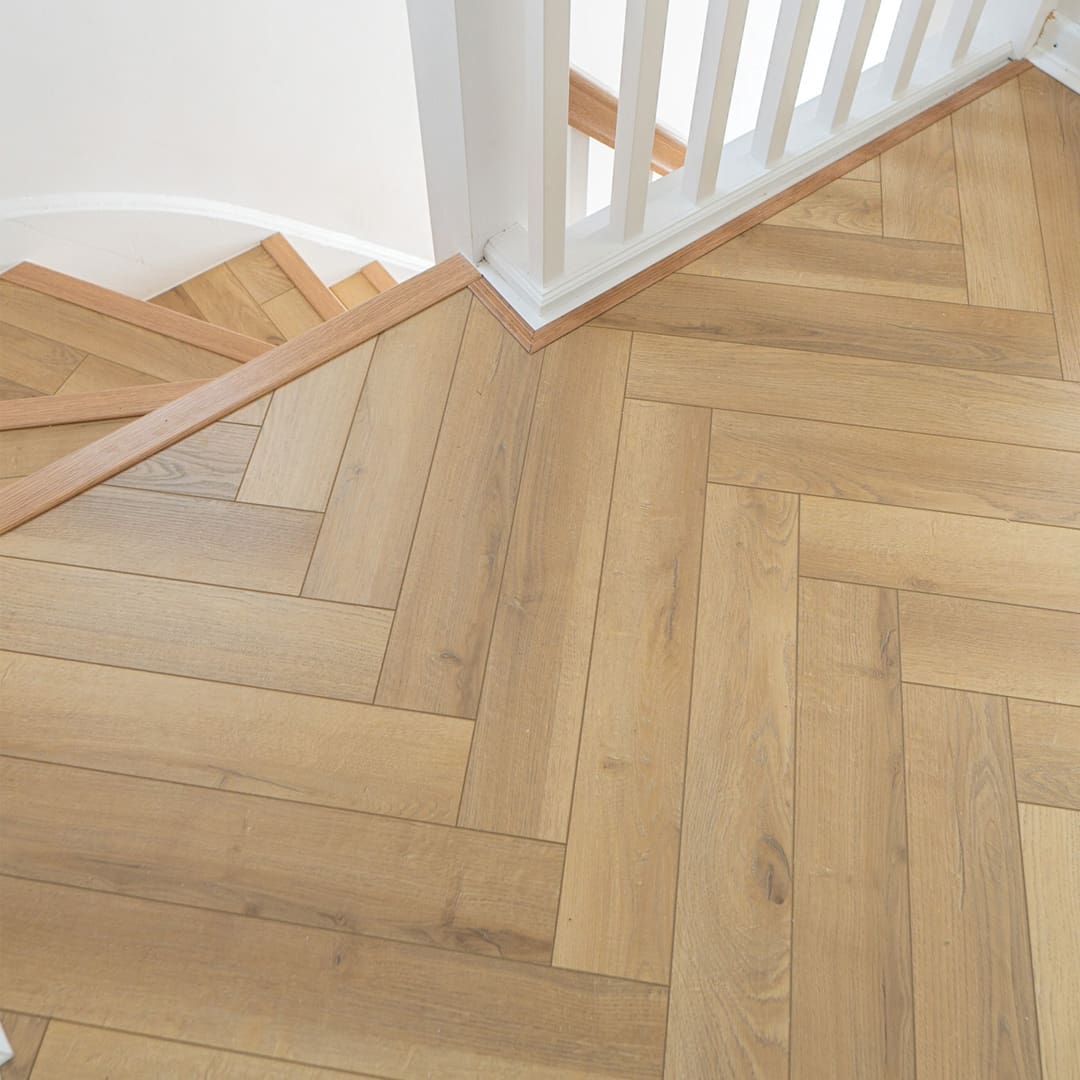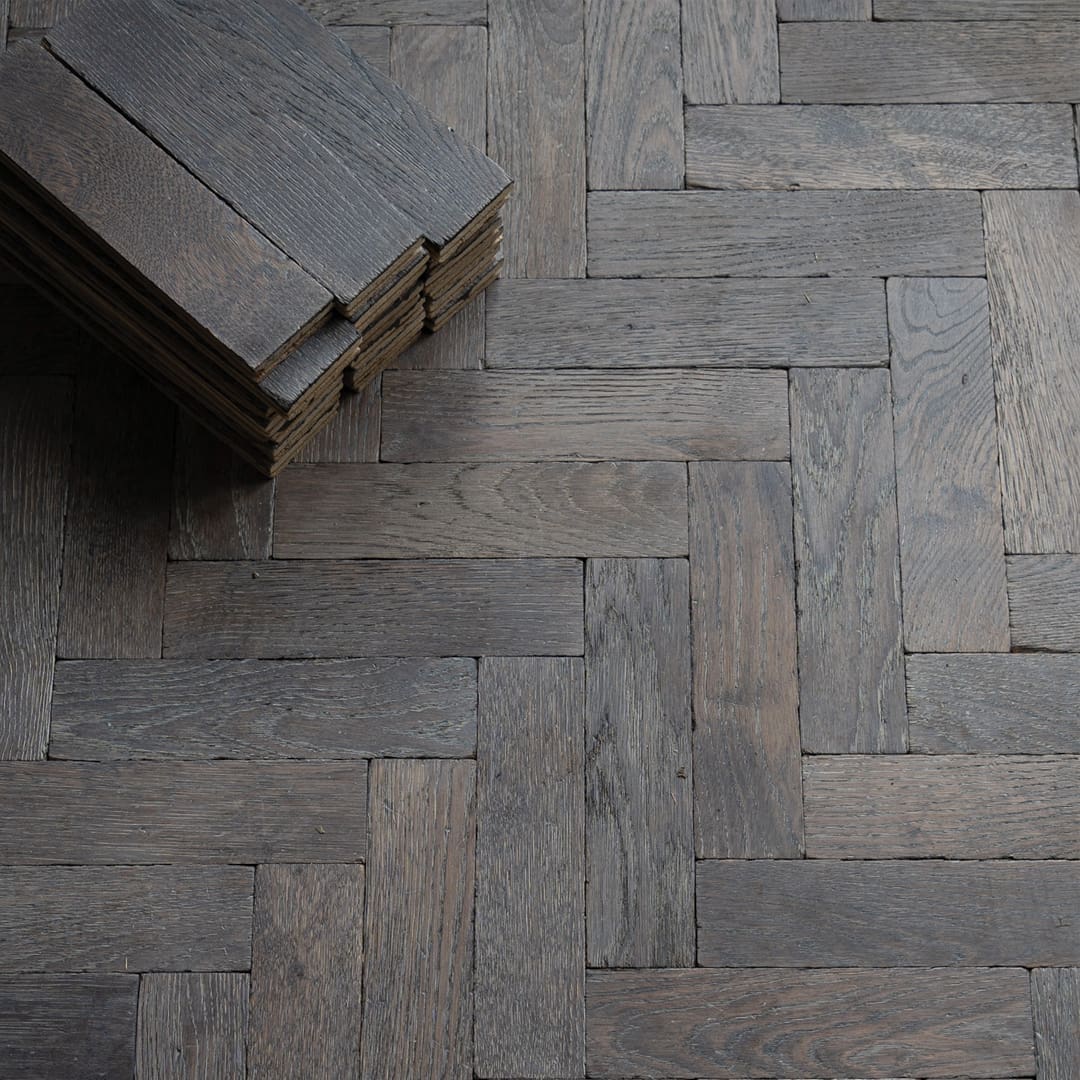Do You Need Underlay for Engineered Wood Flooring?

Yes, typically, it is recommended to use an underlayment when installing engineered wood flooring. Underlayment serves several important purposes in the installation process:
Moisture Protection: Underlayment helps to create a moisture barrier between the subfloor and the engineered wood flooring. This is particularly important in areas with high humidity levels or when installing the flooring over concrete subfloors, as moisture can damage the wood over time.
Sound Reduction: Underlayment can help reduce noise transmission, providing a quieter and more comfortable living environment. It absorbs impact and reduces the sound of footsteps and other noises.
Smoothing Imperfections: Underlayment can help level minor imperfections in the subfloor, creating a smoother and more even surface for the flooring installation. This can be especially important to ensure a uniform appearance of the finished floor.
Thermal Insulation: Some underlayment materials offer thermal insulation properties, helping to keep your home more energy-efficient and comfortable.
Cushioning: Underlayment provides a cushioning effect underfoot, making the floor more comfortable to walk on.
The specific type of underlayment you should use may vary depending on factors such as the type of subfloor, the manufacturer’s recommendations, and your local building codes. Common types of underlayment include foam, felt, cork, and rubber. It’s important to follow the manufacturer’s guidelines and local building codes when selecting and installing underlayment for engineered wood flooring to ensure proper performance and longevity of your flooring system.
Featured product:
NE1406 Golden Wheat Oak Engineered Flooring – https://www.flooringsurgeons.co.uk/product/nature-14-3-x-190mm-golden-wheat-oak-engineered-flooring/














